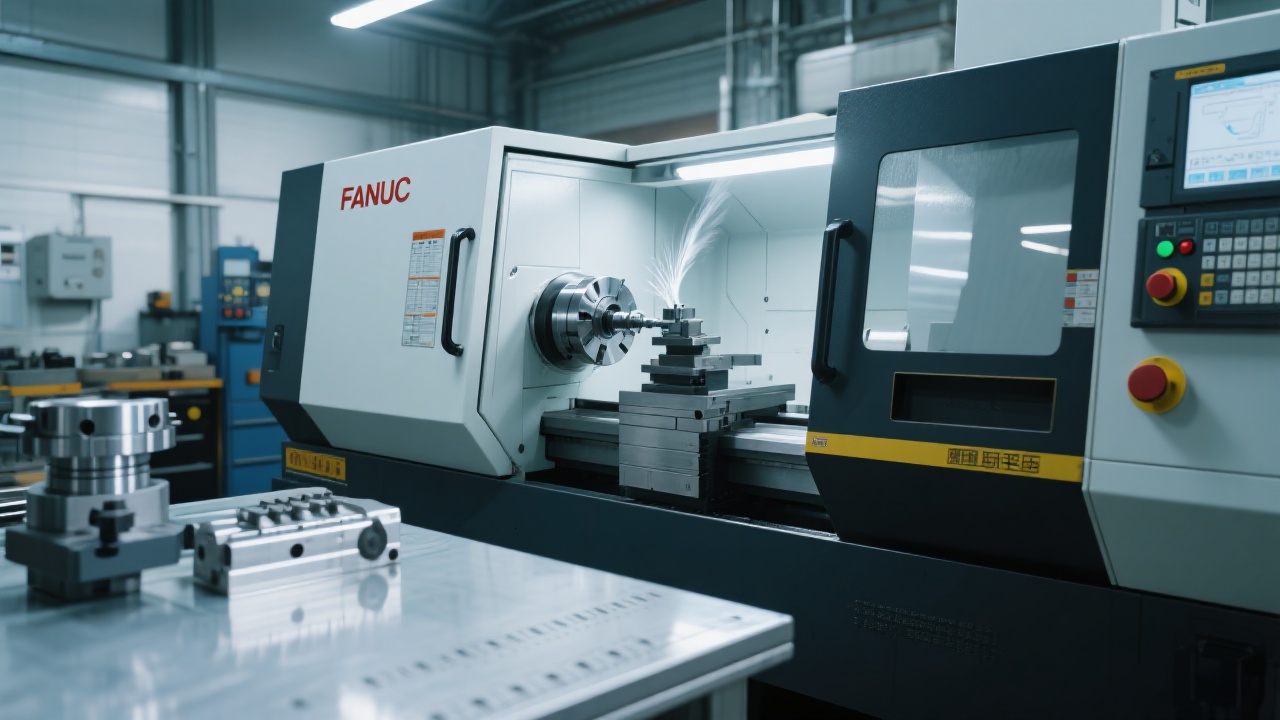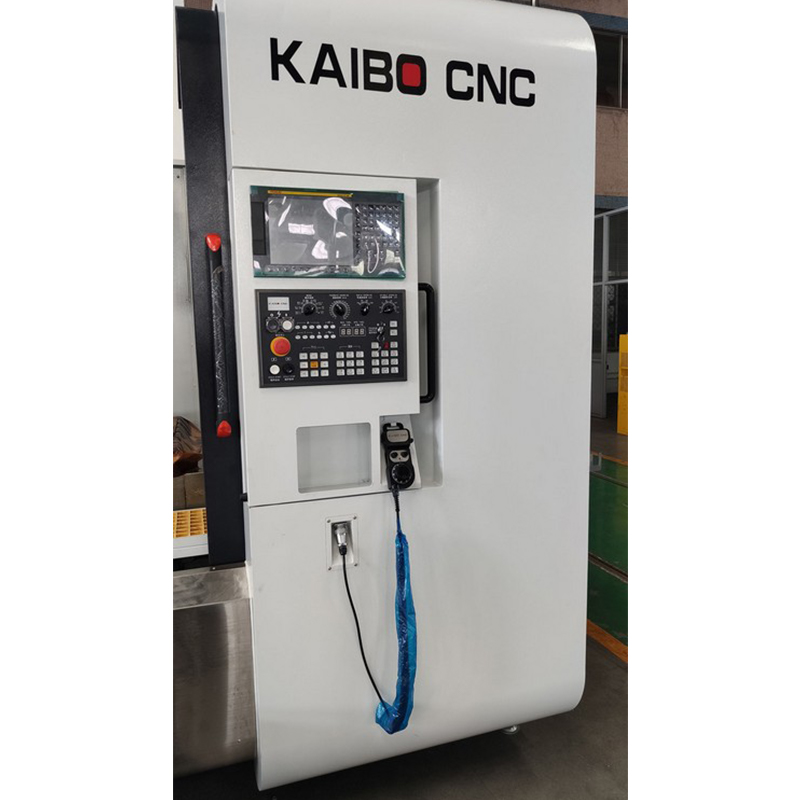
Graphite dust is a significant concern in high - end graphite processing. When graphite is machined, fine dust particles are generated. These particles can cause severe health problems for operators, such as respiratory diseases. According to industry studies, long - term exposure to high - concentration graphite dust can increase the risk of pneumoconiosis by up to 30%. Moreover, graphite dust can also damage the internal components of machine tools, reducing their accuracy and shortening their service life. On average, without proper dust control, the lifespan of a graphite processing machine tool can be reduced by 2 - 3 years.

The wet flushing system features a well - designed spray mechanism. The nozzles are strategically placed around the machining area to ensure comprehensive coverage. For example, in a DC6060G wet flushing graphite processing center, the spray nozzles are arranged in a way that can effectively capture graphite dust at the source. The spray pattern is carefully calibrated to maximize the contact area between the water droplets and the dust particles.
Water pressure is a crucial factor in the wet flushing system. By adjusting the water pressure, the system can adapt to different machining processes. Higher pressure is used for heavy - duty machining operations, while lower pressure is suitable for more delicate tasks. This flexibility allows the system to maintain optimal dust - capturing efficiency. In general, the water pressure can be adjusted within a range of 2 - 8 bar, depending on the specific requirements of the graphite processing.
The wet flushing system also includes a circulation and filtration process. After the water captures the graphite dust, it flows into a filtration unit. Here, the dust is separated from the water, and the clean water is then recycled back into the system. This not only reduces water consumption but also ensures the continuous and stable operation of the system. The filtration unit can remove up to 95% of the graphite dust, significantly reducing the dust concentration in the processing environment.
| Aspect | Wet Flushing System | Dry Dust Removal |
|---|---|---|
| Dust Control Efficiency | Can reduce dust concentration by up to 95% | Typically reduces dust concentration by about 80% |
| Equipment Protection | Effectively protects machine tools from dust damage, extends equipment life by 2 - 3 years | May still allow some dust to enter the machine, having a certain impact on equipment life |
| Operator Health | Significantly reduces the risk of operators' inhalation of dust | May still have a certain amount of dust leakage, posing a threat to operator health |

In high - precision CNC machining scenarios, the wet flushing system shows its irreplaceable advantages. For example, in a well - known graphite processing enterprise, after installing a wet flushing system in its DC6060G wet flushing graphite processing center, the dust concentration in the workshop was reduced from 15 mg/m³ to less than 1 mg/m³. The accuracy of the machine tool was maintained at a high level, and the product qualification rate increased by 10%. This case fully demonstrates the excellent performance of the wet flushing system in practical applications.
Regular maintenance is essential for the stable operation of the wet flushing system. Operators should regularly check the spray nozzles for blockages, clean the filtration unit, and ensure the normal operation of the water pump. If a blockage occurs in the spray nozzle, it can be removed and cleaned with a special cleaning agent. In case of water pump failure, it is recommended to contact professional maintenance personnel for repair. By following these maintenance and troubleshooting strategies, enterprises can ensure the long - term stable operation of the wet flushing system.

If you are looking for a reliable solution for graphite dust control in your graphite processing enterprise, the DC6060G wet flushing graphite processing center with its advanced wet flushing system is your ideal choice. Click here to learn more!

